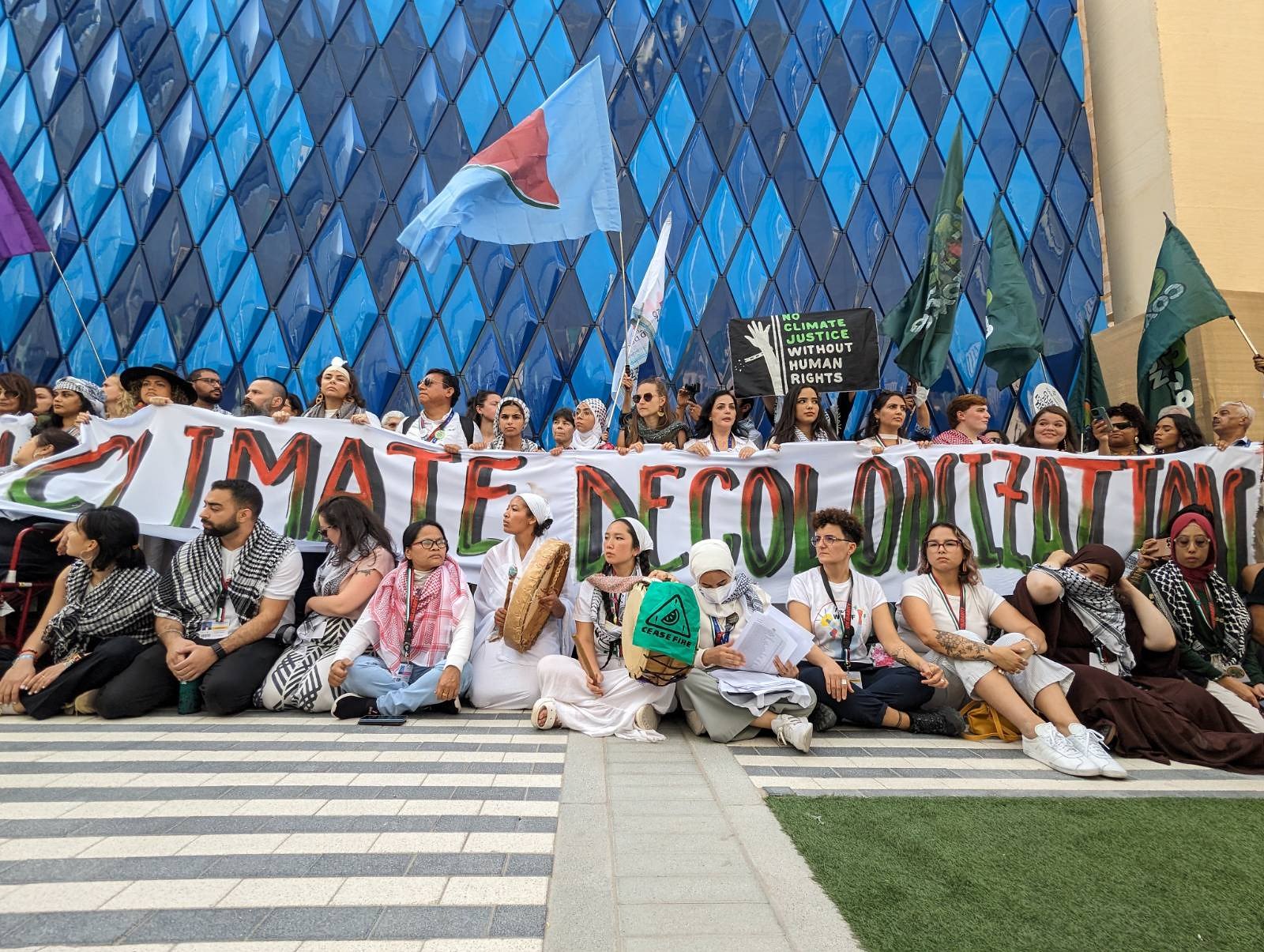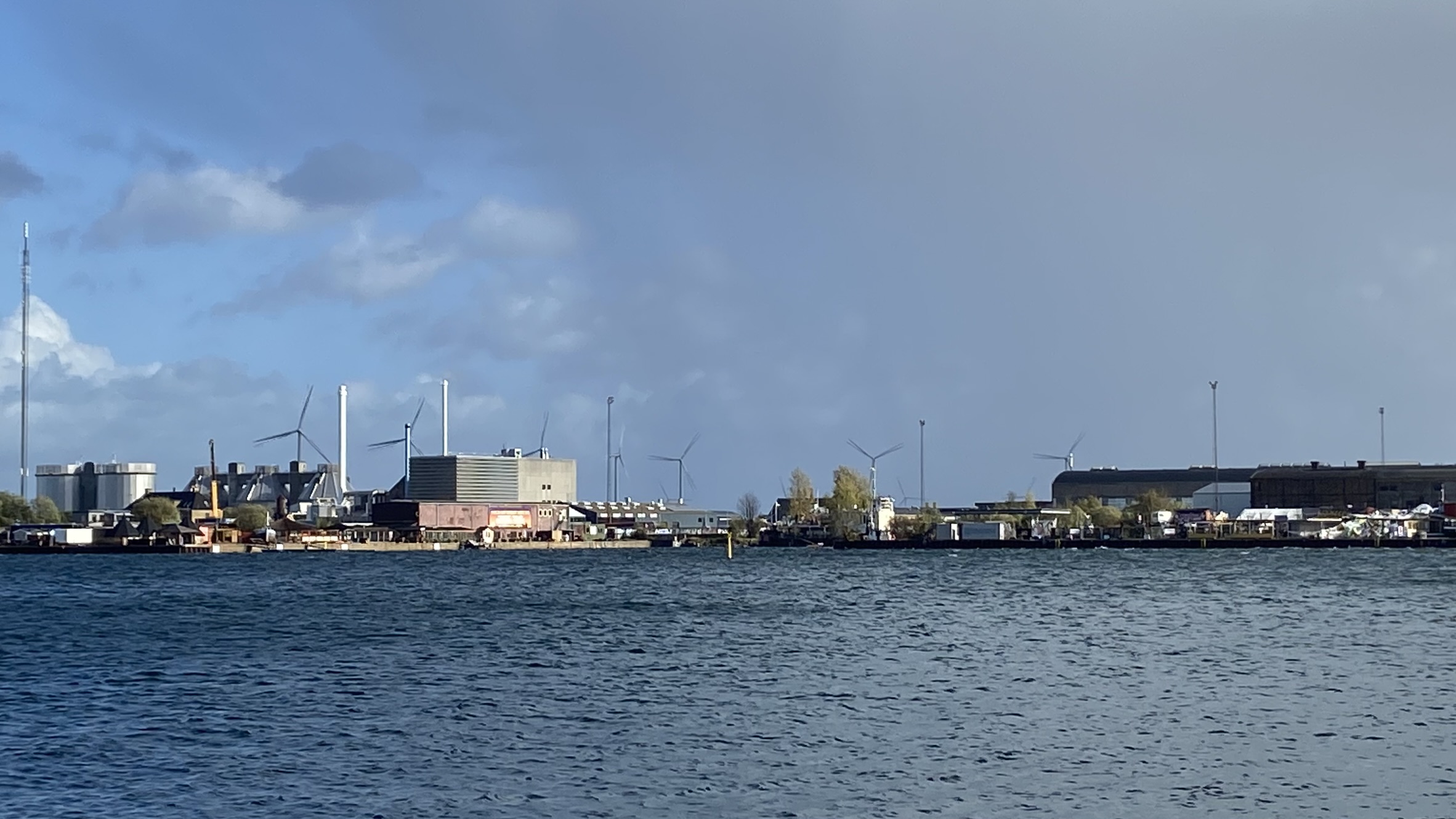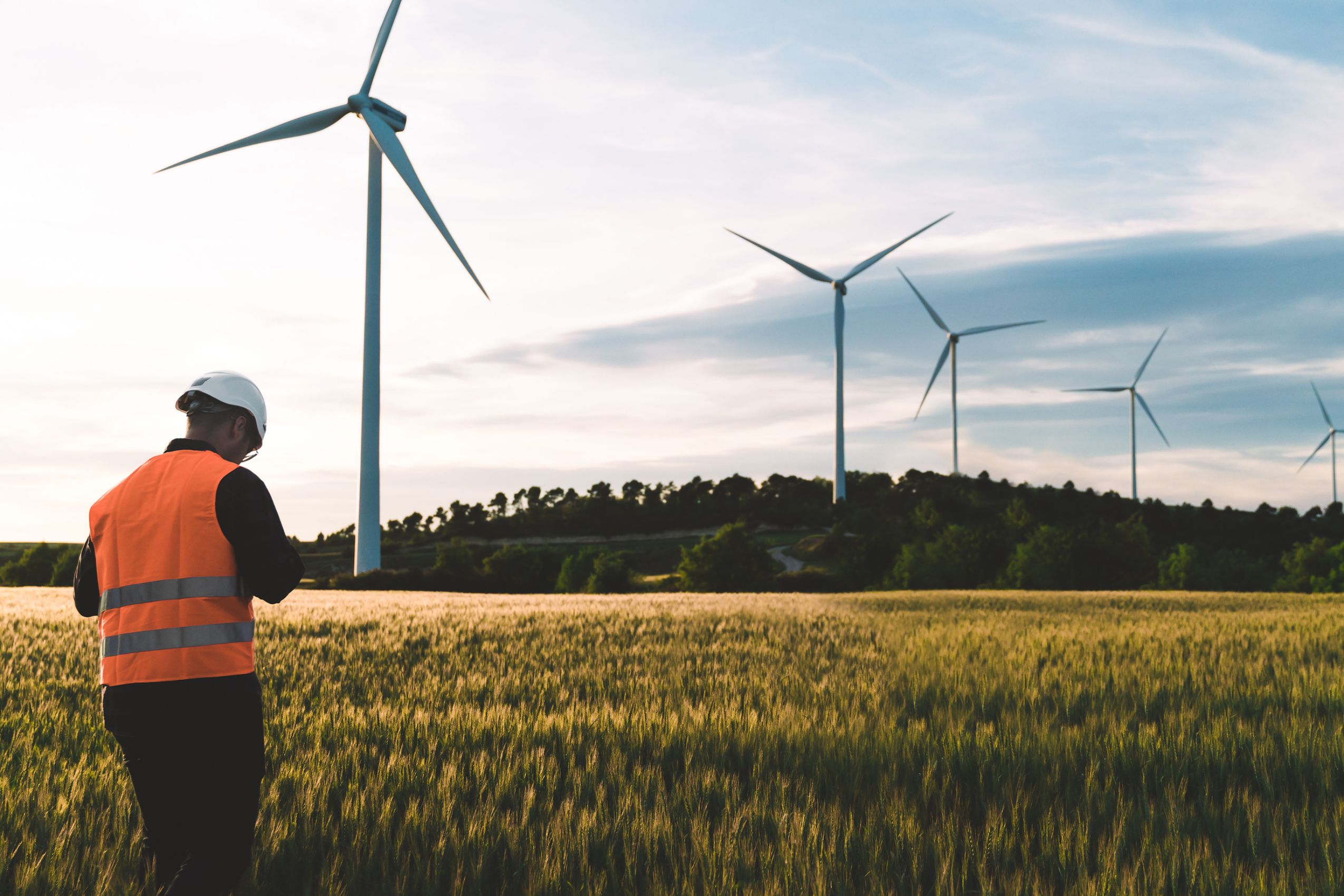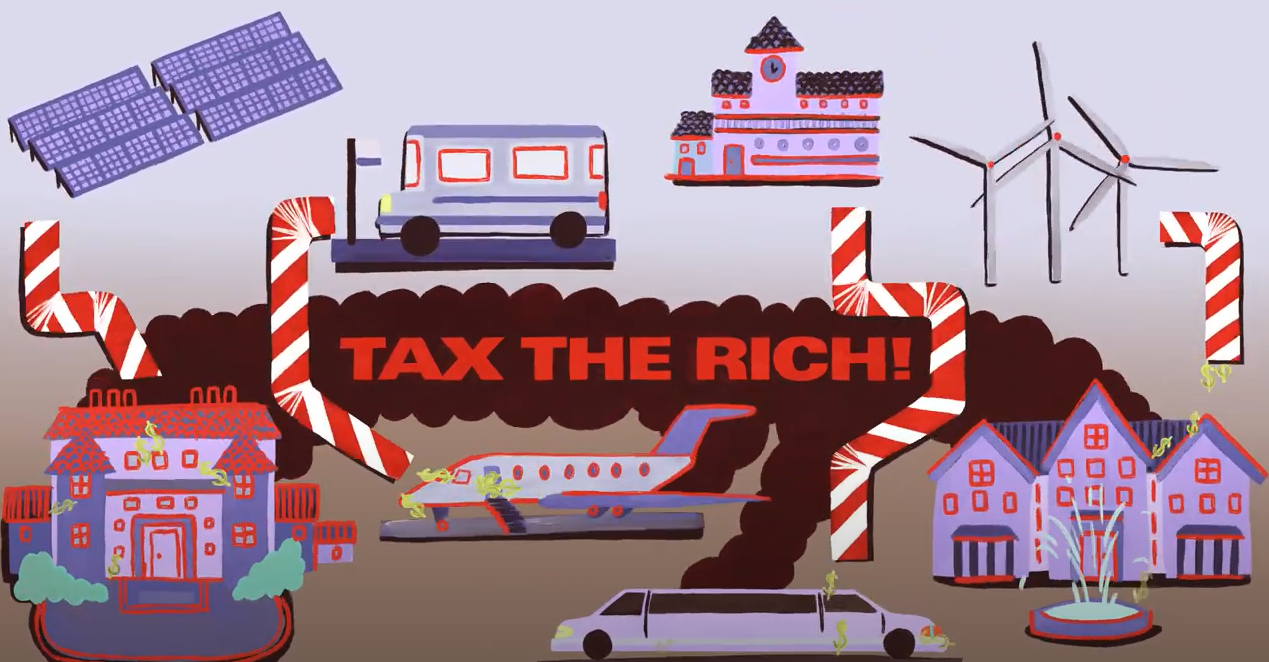Why we won’t find salvation in the World Bank and IMF
Just over a week before the World Bank and International Monetary Fund (IMF) Boards came together for their annual Spring Meetings from 15 to 20 April in Washington D.C., the Executive Secretary of the UN Framework Convention on Climate Change (UNFCCC), Simon Stiell, gave a very pointed talk at the well-known think tank Chatham House. The hot topic for the UNFCCC is finance, with Parties to the UNFCCC set to agree upon a New Collective Quantified Goal (NCQG) on climate finance later this year. The issue represents a linchpin: if adequate and suitable financing is not made available for already cash strapped developing countries to implement their climate plans, there is no way for the planet to stay within the 1.5C degrees warming limit.
Stiell knows that the prospects for public financing are not good. Providing climate and development finance is low on the priority list for developed countries, who are more focused on their domestic challenges. Current spending on development and aid finance show that in real terms, the resources available for fiscally poorer developing countries is decreasing and the world’s biggest polluters, the rich, industrialized countries, are looking to International Financial Institutions (IFIs), such as the IMF and World Bank, and the private sector to deliver climate finance at scale.
It was in this context that Stiell addressed his audience in a basement room in London. Though he didn’t say it explicitly, his speech, provocatively called “Two Years to Save the World”, seemed to be directed squarely at the shareholders of the IMF and World Bank. “The Spring Meetings are not a dress rehearsal,” he cautioned, noting his belief that these institutions are capable of mobilizing the level of climate finance needed.
Stiell is certainly not alone in his hope that the IFIs can plug the structural holes in the climate financing landscape. In the absence of political will from rich countries to use their economic and political power to provide the trillions of dollars of finance needed, he and others feel the only hope is to try to repurpose, top up, expand and redirect the various pools of finance that IFIs hold.
There are a number of anticipated reforms in order to do this for the two “Bretton Woods Institutions” (BWIs) of the World Bank and IMF that essentially look at incorporating climate elements into existing mechanisms. For instance, the World Bank has aspirations to be “bigger and better”, with a focus on speeding up its processes, expanding its funding capacity and improving its image as a potential player in climate finance through reform processes like the Evolution Roadmap, as discussed in an earlier analysis. This is partly a makeover to distance the BWIs from their troubling track record of financing extractive and polluting activities that have often devastated communities and supported human rights abuses.
Stiell referenced a number of issues that were up for decision in this year’s Spring Meetings. He echoed demands by the G20, the powerful grouping of some of the world’s largest developed and developing country economies, for the World Bank to reduce the minimum level of assets it needs to hold in its reserves, its “capital requirements”. This would allow it to spend more out of its reserves if needed.
He also mentioned the anticipated replenishment of the World Bank’s International Development Association (IDA). This is a mechanism that provides concessional and grant finance to Low Income Countries (LICs), and many developing and developed countries alike agree that if the World Bank is serious about supporting these countries to respond to multiple crises including climate change, this is exactly the kind of finance window it needs to expand. However, while World Bank president Ajay Banga called for a “historic replenishment” of this fund, there seems to be reluctance on the part of the major global north funders to scale up their contributions, with some pushing to instead redirect IDA resources for the war in Ukraine.
Stiell also restated a demand for the IMF to adequately address debt distress, exacerbated by the pandemic and climate crisis, specifically using its grant making and debt relief vehicle, the Catastrophe Containment Relief Trust, more readily and expanding eligibility for the World Bank’s Climate Resilient Debt Clauses. These are clauses in debt agreements that allow for at least the temporary pause of debt payments for up to two years in the event of a climate or natural disaster so that countries can recover, but these provisions are currently only available to small states or Small Island Developing States.
At the Spring Meetings, they were also expected to launch the Low-Income Countries (LIC) Debt Sustainability Framework Review. Debt Sustainability Assessments (DSAs) are used to discern whether a country can plausibly make payments on its current sovereign debt commitments. Currently climate considerations — such as resources needed to implement countries’ climate plans — are not well considered in DSAs, and it was hoped that this could be addressed during the Spring Meetings.
Reforms Don’t Add Up to Transformation
In the end, few notable structural changes were made in Washington DC. The biggest news was a pledge of 11 billion dollars for a new Liveable Planet Fund. These include debt-based instruments that, instead of providing grant based finance requested by developing countries and civil society, are hoped to leverage more investment from the private sector. However, there are concerns as the approach based on leveraging private sector investment has historically proved to be ineffective.
In his speech, Stiell pointed out that debt relief was critical for climate action and that the IMF and World Bank should support such an agenda. There is growing concern that the unfair burden of debt is sucking many developing countries dry of public funds that are desperately needed for climate and development spending. During the UNFCCC climate talks in 2023, close to 600 economists, development and climate experts called for debt cancellation as an essential requirement for progress in climate action.
With sometimes upwards of 50 percent of public budgets going to service debt payments, countries are unable to fulfil their duties to provide basic rights of education, healthcare, and housing. In 2020, the G20 launched the Common Framework with the intention of providing support to low income countries in deep debt difficulties. However, few countries have been able to avail of this and during the meetings in Washington DC the World Bank warned the initiative has failed to deliver. The BWIs now continued to downplay the debt crisis during the Spring Meetings and an ambitious debt reform agenda is yet to materialize.
There is a serious intention from the BWIs to expand their involvement in climate finance and pledges to the Livable Planet Fund are likely seen as just the start. Last year, the World Bank alone pledged to increase the proportion of its annual financing going to climate-related spending to 45 percent. The World Bank and IMF have pitched these tweaks to existing mechanisms and the promise of scaled up private finance as evidence that they are rising to the climate challenge. But as largely loan-making institutions there is a fear that this expansion will result in piling greater debt burdens on countries. There are already concerns that the majority of climate financing is being provided as loans and a move to increase the role of IFIs is likely to exacerbate this problem.
In addition to burdening developing countries with more debt, to overly depend on loan or hybrid mechanisms like the Liveable Planet Fund is not consistent with principles of climate finance. Parties to the UNFCCC are required to abide by the principle of Common but Differentiated Responsibilities and Respective Capabilities (CBDR&RC), which guides how the burden of responsibilities should be divided in the international community’s response to the climate crisis. This provision obligates well-resourced countries to contribute more according to their ability. Article 9 of the Paris Agreement more explicitly calls for developed countries to give financial resources to developing countries so that they can implement actions that both allow them to adapt to the climate crisis as well as reduce their emissions.
Climate movements have long demanded a reparations-based approach, with those most responsible for the climate crisis (the countries that have historically polluted the most) and those most able to pay (the very same rich, developed countries) on the hook to pay for a climate crisis that fiscally poorer, developing countries are currently carrying the brunt of. Leaning on IFIs to lead in climate finance is seen by many as a way to shirk that responsibility and instead further indebt the Global South. There is also a growing emphasis on leveraging private-sector investment to bridge the climate finance shortfall, which could itself result in more debt.
Charting Our Own Path
During the Spring Meetings, the BWIs launched an expert review of the links between sovereign debt and climate, but it is unclear how far these analyses will go. As the European debt and development organization, Eurodad, noted in their 2024 review of debt challenges, “none of the institutional proposals on the table address the underlying structural causes of global south unsustainable indebtedness, rooted in the unequal economic, financial and trade relations, the colonial roots and the differentiated responsibilities in relation to global challenges, including the climate emergency.”
As a result, these reforms have been received with some scepticism from climate and social justice activists. While no one would disagree that the stakes are higher than ever, many civil society groups see IFI expansion into climate finance as a distraction and false solution that avoids the deep structural changes that are needed. Protests outside the World Bank were held as meetings went on inside. Civil society representatives, many of them from Global South countries struggling under the weight of debt, made a call for debt cancellation and an end to IMF-imposed austerity, linking this to climate justice. They were also calling out the BWIs inconsistency in claiming climate leadership while continuing to provide financing and support to fossil fuel projects across the world.
This week, the World Bank gave few signs that it’s committed to taking on the fossil fuel industry. Ajay Banga told developing countries, frustrated by the double standards of the G7 countries in continuing to expand fossil fuel financing, that it’s not his role to push rich countries to decrease spending on fossil fuels, and additionally warned that the World Bank does not have “infinite money” to spend on the climate crisis.
While expectations for the Spring Meetings may be well tempered, the hint of real solutions for climate finance may actually lie in the margins of the proceedings rather than the official board meetings. At the Civil Society Policy Forum, a series of side events put on by civil society in parallel to the meetings, there was much discussion about the potential of a global wealth tax on billionaires. Pushed by Brazil during its presidency of the G20, the plan was presented at a side event that included feted economists Esther Duflo and Joseph Stiglitz. If Banga did not have any money, Stiglitz had the answer. “Why tax the rich? That’s where the money is”, he stated in his opening address.
Complementary discussions on the UN Tax Convention will be the hot topic at the UN’s Financing for Development Forum, held the week after the Spring meetings. This year could see a lot of movement in that direction, so while the Bretton Wood institutions stay stuck in time, hopefully developing countries and civil society will chart their own path.
Gaya Sriskanthan works as a Project Manager at the Rosa Luxemburg Foundation’s International Climate Justice Program in New York.
Tetet Lauron lives in the Philippines and works as a consultant to the Rosa Luxemburg Foundation’s New York Office.
Top photo: AP Photo/Jose Luis Magana.



